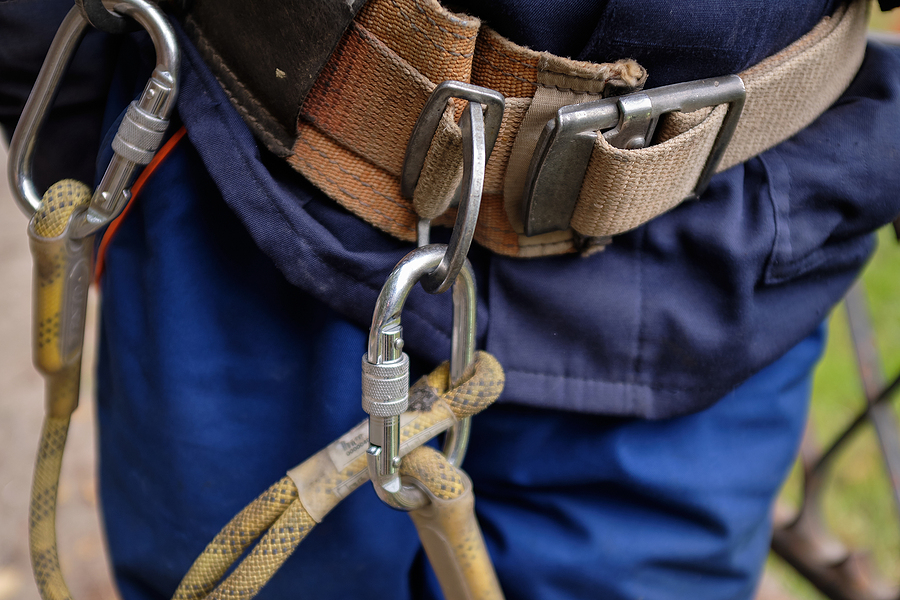The Basics of Fall Protection in the Workplace

OSHA has put reference materials on fall protection online to help employees and employers stay up to date on the latest regulations.
What are the benefits of fall protection?
Injuries and fatalities resulting from falls are among the most prevalent workplace. Employers must ensure that the workplace is safe to prevent employees from falling from platforms, high workstations, or through gaps in the floor and walls.
What can be done to reduce falls?
Employers must ensure that the workplace is safe to prevent employees from falling from platforms, high workstations, or through gaps in the floor and walls. Workers in the ordinary industry must have four-foot fall protection, whereas shipyards, construction, and extended shoring enterprises all require five-foot fall protection. OSHA also mandates fall protection when working near potentially hazardous apparatus or equipment, regardless of the distance from the ground below.
Employers must take the following steps to keep their workers safe in the event of a fall:
- Be on the lookout for any openings in the floor that a worker may stumble into (using a railing and toe-board or a floor hole cover).
- Every elevated open-sided platform, floor, or runway should include a guard rail and toe-board.
- It doesn't matter what the height of a machine is; businesses must install guardrails and toe-boards to keep workers from falling and getting hurt in the case of an accident.
- Safety harness and line, safety netting, stair railings, and handrails may also be used as fall protection for some operations.
OSHA requires employers to:
- Allow employees to work in an environment that is free of recognized hazards.
- Clean and dry flooring in work areas should be maintained as feasible.
- Workers will not have to pay for any personal protective equipment they may need.
- In a language, they can understand and make workers aware of potential risks on the job.
How to Protect Workers from Falls
In addition to standard methods like guardrail systems, safety net systems, and personal fall protection systems, businesses can also provide adequate training and safe work practices. Workers can be protected by restricting their exposure via devices like warning lines, designated areas, control zones, and others that OSHA permits in certain circumstances.
If an employer performs a risk assessment or builds a complete fall protection plan, they should consider fall risks before the job begins. This will help the business better manage fall hazards and focus on preventative measures. Work with personnel to locate attachment locations for their fall protection devices, then train them on correct usage and inspection of the equipment. Fall protection dangers in the workplace may be easily identified and evaluated with the help of the resources listed below.
